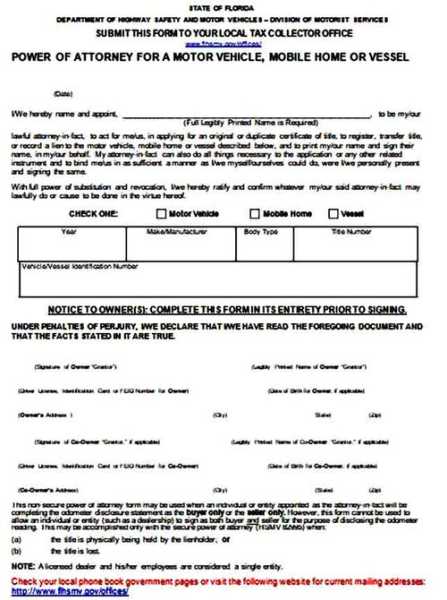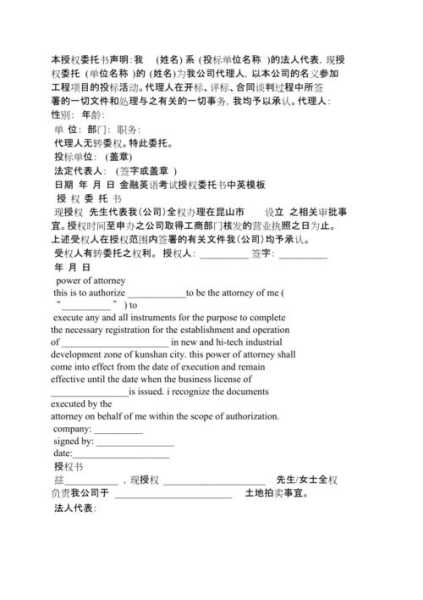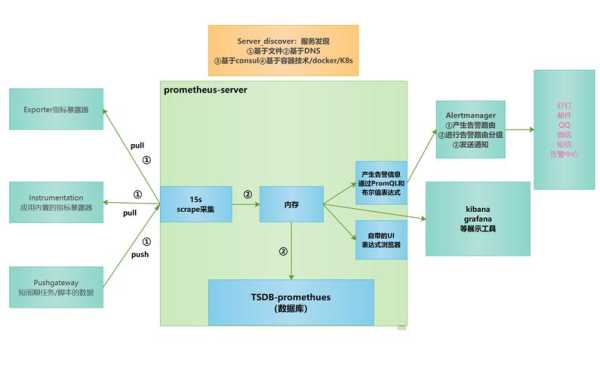This guide provides a comprehensive overview of the Personal Power of Attorney format in English. It covers the purpose, types, and key components of a power of attorney, offering practical advice for drafting and executing legal documents.
Introduction:

In various legal and personal matters, a personal power of attorney (POA) is a crucial document that grants someone the authority to act on behalf of another person. Whether it's for financial, medical, or legal matters, having a well-drafted personal POA in English is essential. This article provides a comprehensive guide to the format of a personal power of attorney in English, including key elements and considerations.
I. Understanding the Purpose of a Personal Power of Attorney
A personal power of attorney is a legal document that allows an individual (the principal) to appoint another person (the agent) to make decisions on their behalf. The agent is authorized to act in the principal's best interest and can handle various tasks, such as managing finances, making medical decisions, or signing legal documents.
II. Key Elements of a Personal Power of Attorney Format in English
A. Title Page
The title page should clearly state that it is a "Personal Power of Attorney" and include the date of execution. It is also essential to include the names and contact information of the principal and the agent.
B. Introduction
The introduction section should provide a brief overview of the document's purpose and the relationship between the principal and the agent. It should also mention the scope of the agent's authority.
C. Grant of Authority
This section is where the principal grants the agent the authority to act on their behalf. It should specify the type of authority (general or limited) and the scope of the agent's powers. For example, the principal may grant the agent the authority to handle financial matters, make medical decisions, or sign legal documents.
D. Duties and Responsibilities of the Agent
This section outlines the agent's duties and responsibilities, ensuring that they act in the principal's best interest. It may include provisions regarding the agent's obligations to keep records, communicate with the principal, and seek approval for significant decisions.
E. Termination Clause
The termination clause specifies the conditions under which the POA will be terminated. This may include the principal's death, incapacity, or revocation of the document. It is essential to include a clear process for revoking the POA, such as a written notice from the principal.
F. Acknowledgment and Witnesses
The acknowledgment section requires the principal and the agent to sign the document in the presence of witnesses or a notary public. This ensures the authenticity of the document and may be required by law in some jurisdictions.
G. Signature Page
The signature page should include spaces for the principal and the agent to sign the document. It may also require the signatures of witnesses or a notary public, depending on local laws.
III. Considerations When Drafting a Personal Power of Attorney in English
A. Language and Clarity
Ensure that the document is written in clear, concise English. Avoid legal jargon that may confuse the principal or the agent. Use simple language to convey the intended meaning.
B. Specificity
Be specific about the scope of the agent's authority. Avoid vague language that may lead to misunderstandings or disputes. Clearly define the tasks and responsibilities of the agent.
C. Compliance with Local Laws
Ensure that the personal power of attorney complies with the laws of the jurisdiction where it will be used. Different jurisdictions may have specific requirements for the format, execution, and validity of a POA.
D. Regular Review and Updates
Review the POA regularly to ensure it remains up-to-date with the principal's needs and circumstances. Update the document as necessary, especially if there are changes in the principal's health, financial situation, or relationships with the agent.
Conclusion:
A well-drafted personal power of attorney in English is a crucial document that can provide peace of mind for both the principal and the agent. By following the format outlined in this guide and considering the key elements and considerations, you can create a comprehensive and legally binding POA that meets your specific needs. Remember to consult with a legal professional if you have any doubts or require assistance in drafting the document.
相关阅读:
1、"Unlock Your Trust: Crafting the Perfect Personal Power of Attorney Template"
2、Navigating Hong Kongs Notarial Power of Attorney: A Comprehensive Guide
3、Essential Guide to Writing a Practical English Power of Attorney Template
4、Power of Attorney Letter Writing Guide: Sample Template Inside
5、Ultimate English Template Guide to Crafting a Personal Power of Attorney
Ultimate Template for Crafting English Personal Power of Attorney Letters
Ultimate Template for Crafting English Personal Power of Attorney Letters
Ultimate English Template for Crafting a Personal Power of Attorney Letter
Ultimate Template for Crafting a Personal Authorization Power of Attorney Letter in English
Ultimate English Template for Crafting a Personal Power of Attorney Letter
Ultimate Guide to Crafting a Personal Power of Attorney Letter with English Template
Ultimate Guide and Sample Format for Writing a Personal Power of Attorney Letter in English











